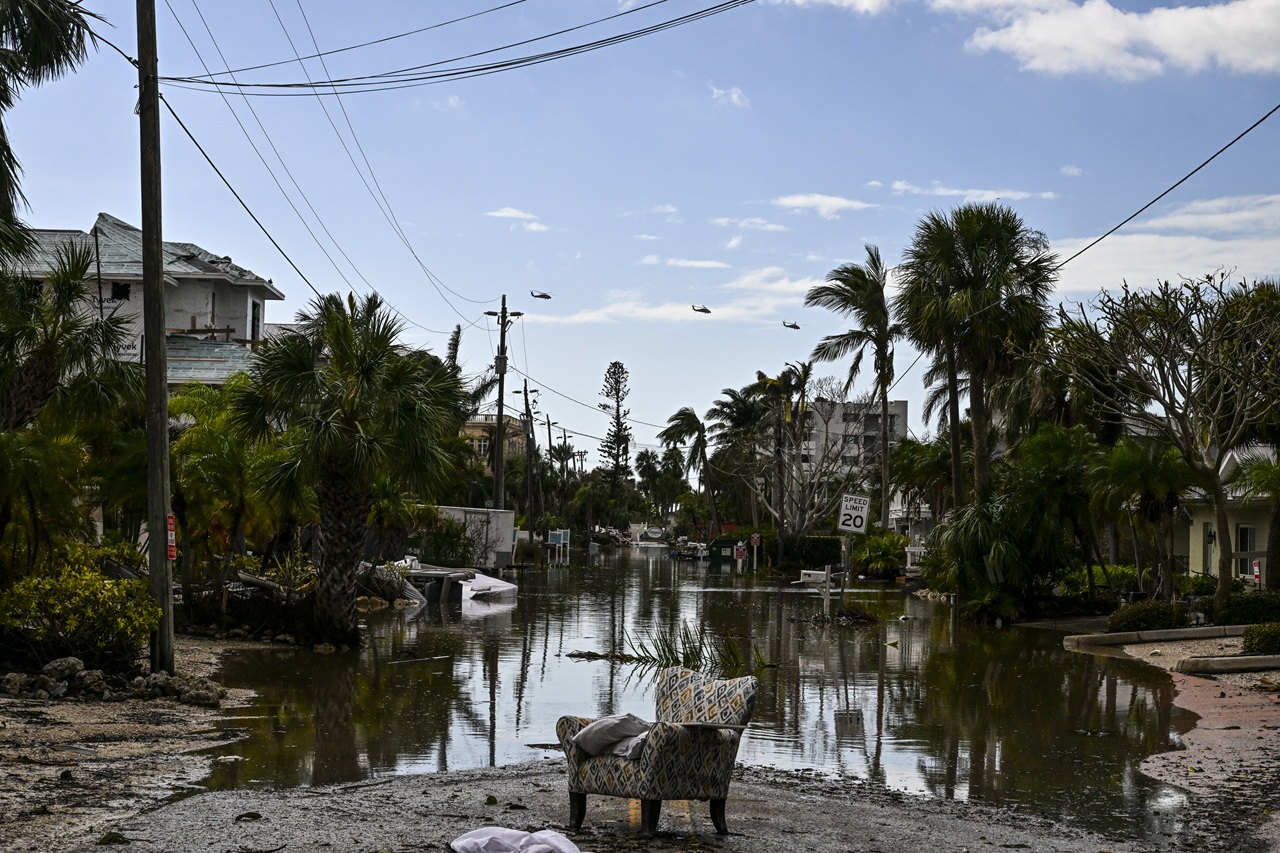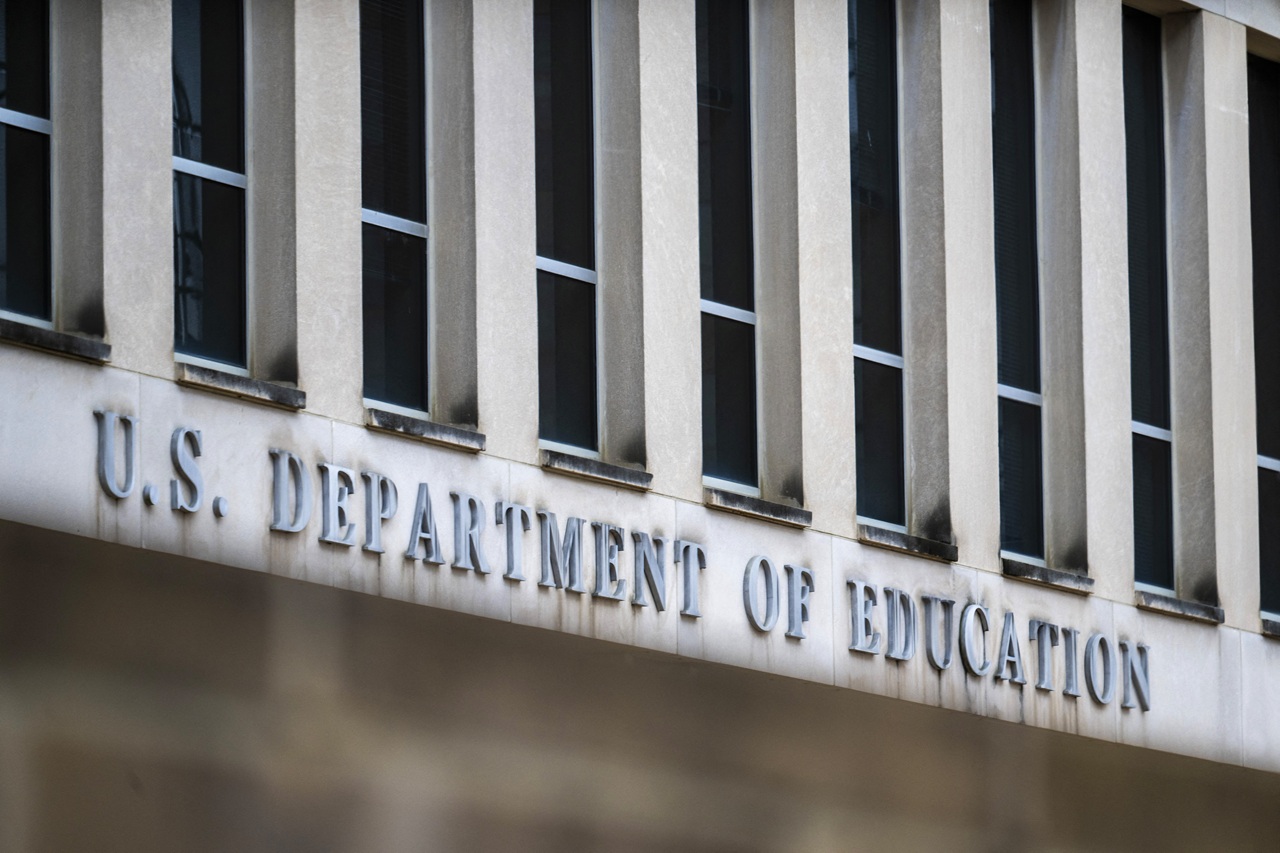
Hardest-hit county by COVID-19 in California is 85% Latinx
The California governor is strongly urging Imperial County reinstate a stay-at-home order, after a considerably higher infection rate is reported.
An alarming 23% positive rate for coronavirus is what is prompting California Governor Gavin Newsom to urge a stay-at-home-order in Imperial County, the Southeasternmost county in the state.
“Yesterday CA conducted over 76k COVID19 tests. Positivity rate: 5.7 over 7 days,” tweeted the Governor. “That rate in Imperial County, however, is at 23%. Hospitals there are overwhelmed. So today we’re working with the county to reinstate a stay at home order. We have to take this seriously.”
Imperial County has been the slowest in the state to reopen amid continued high rates of positive tests.
NEW: Yesterday CA conducted over 76k #COVID19 tests.
— Gavin Newsom (@GavinNewsom) June 26, 2020
Positivity rate: 5.7% over 7 days.
That rate in Imperial County, however, is at 23%. Hospitals there are overwhelmed.
So today we’re working with the county to reinstate a stay at home order.
We have to take this seriously.
But there’s another factor at play: its proximity to the US-Mexico border.
A county with such a large Latinx population — 85%— no doubt shares family across the border. Many are part-time residents, including commuters who cross the border for school or work.
The El Centro Regional Medical Center, though small, is the largest hospital in Imperial County.
With only a 20-bed Intensive-care-unit, it was quickly overwhelmed with sick residents, as well as U.S. green card holders seeking medical care from the neighboring city of Mexicali, Baja California’s capital and a city of 1.1 million residents.
RELATED CONTENT
To alleviate the overcrowded hospital, patients have been transferred to nearby hospitals and facilities. Imperial Valley College has also been converted into an 80- bed facility for patients.
Customs and Border Protections (CBP) has advised that a temporary restriction on non-essential travel at US ports of entry remains in effect.
TRAVEL ALERT: The temporary restriction on non-essential travel at US land border ports of entry remains in effect. Essential travel and trade continue unimpeded. Essential travel includes, but is not limited to: pic.twitter.com/fP3rgischK
— CBP (@CBP) June 26, 2020
However, June 26 saw a seven-hour, miles long delay in southbound border traffic at the Calexico port-of-entry in Imperial County.
“Right now, this is the COVID corridor into the U.S.,” said Calexico Police Chief Gonzalo Gerardo. “If you’re an Imperial County resident, there is no reason for you to go down to Mexico,” he continued.
The correlation between higher COVID rates in border cities compared to larger, non-border cities applies to Imperial County in California, Yuma and Santa Cruz counties in Arizona.
Cases per 100,000 residents:
— Phil Kerpen (@kerpen) June 28, 2020
High population non-border counties
Maricopa County, AZ: 961
Los Angeles County, CA: 944
Santa Clara County, CA: 206
Border counties
Yuma County, AZ: 2,678
Santa Cruz County, AZ: 3,556
Imperial County, CA: 3,322
Whatever the reason for the surge, Imperial County’s levels are not seen anywhere else in the state. Health resources are currently overwhelmed, and with such a large Latinx population there will be continued losses in the community.











LEAVE A COMMENT: